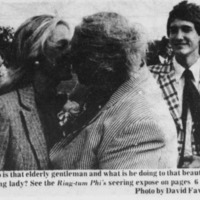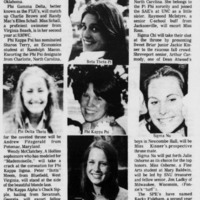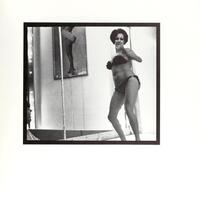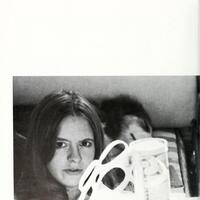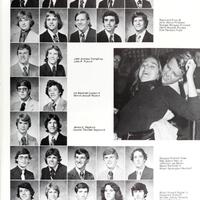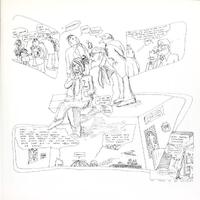The 1970s at Washington and Lee University marked a significant shift in the portrayal of women, mirroring broader societal changes and the growing momentum of the women's liberation movement. This era, captured in the university's publications, Ring-Tum Phi and The Calyx, was characterized by a reexamination of gender roles and an evolving narrative of women’s roles both on campus and in the wider world.
1970s
Decade of Transition: The 1970s in Ring-Tum Phi and The Calyx

In the pages of Ring-Tum Phi, traditional gender portrayals persisted, particularly evident during fraternity rush events, where the social scene was often centered around male-dominated activities. Women, within these contexts, were sometimes depicted as trophies, reinforcing their objectified status as attractions for fraternity events. This dichotomy was reflective of the media's broader portrayal of gender roles during this period, as Julia T. Wood points out in "Gendered Media: The Influence of Media on Views of Gender," where media often communicated images of the sexes that sustained socially endorsed views of gender, including the underrepresentation and stereotyping of women.
The Calyx navigated the contentious era with a blend of traditional and more progressive portrayals. The yearbook captured a decade marked by a tension between maintaining decorum and embracing the sexual revolution. Images ranged from conventional homecoming queens to more provocative portrayals, reflecting the era's evolving campus culture. These presentations sparked discussions about artistic expression and the role of imagery in shaping perceptions of women, a reflection of the broader cultural currents of the time.
The 1970s were defined by a tug of war between conventional portrayals and burgeoning change. Humorous and critical cartoons of college life in the publications framed the experiences of both men and women, highlighting the era's complex attitudes toward femininity. Despite the increasing visibility and influence of women at Washington and Lee, the decade's publications reflected a spectrum of attitudes toward women, from the carefree to the contentious.
As we explore the 1970s through Ring-Tum Phi and The Calyx, it becomes evident that the representation of women was as diverse as the voices and experiences within the university's community. This decade laid the groundwork for the ongoing evolution of gender dynamics at Washington and Lee, capturing a moment where tradition met transformation. The narrative of women's portrayals in these publications is a mosaic, offering a snapshot of a pivotal time when both the university and society were experiencing significant flux.
